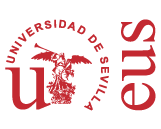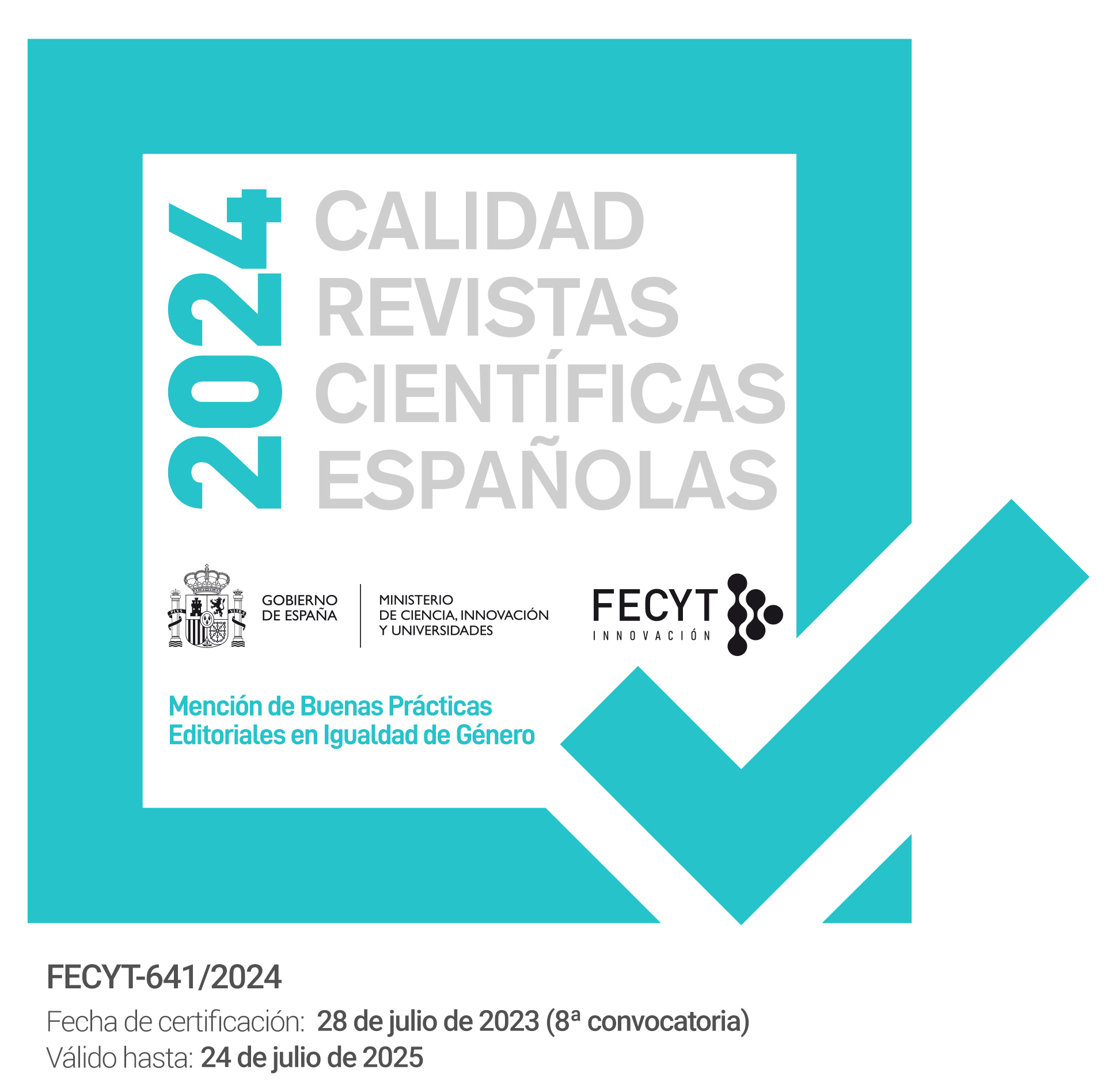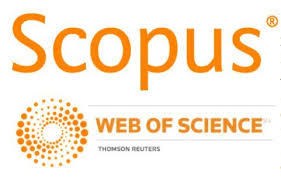PLANEO Corpus: Methodology and Results of a Corpus of Andalusian Linguistic Landscape
DOI:
https://doi.org/10.12795/PH.2024.v38.i01.06Keywords:
corpus, dialectology, multilingualism, linguistic landscape, sociolinguisticsAbstract
The PLANEO corpus was created in 2021 to collect images of heteroglossic linguistic landscape in Andalusia. Members of the project Andalusian Linguistic Landscape: Evaluation and Cartographic Observation uploaded pictures to locate in the public urban spaces of four provinces of Andalusia (Seville, Jaen, Almeria and Huelva) written signs in languages other than Spanish. This article presents the corpus, the cartography used, all the descriptors used to catalog the images and some of the results obtained. The corpus, which will continue to be expanded in the future, shows the multiple data that can be obtained on multilingualism through the linguistic landscape: prestigious and invisible languages, type of language use in public places and tensions between authorized and transgressive culture.
Downloads
References
Camacho Taboada, V. y Yang, J. (2023). Paisaje Lingüístico y chinos de ultramar: el Parque Empresarial PICA en Sevilla. En B. Garrido Martín y L. Pons Rodríguez (Eds.), Andalucía en su paisaje lingüístico: lenguas, signos y hablantes (pp. 15-48). Verba, Anexo 85. Servizo de Publicacións e Intercambio Científico da USC.
Castillo Lluch, M. y Sáez Rivera, D. (2011). Introducción al paisaje lingüístico de Madrid. Lengua y Migración, 3(1), 73-88.
Contreras Izquierdo, N. (2023). El Paisaje Lingüístico (PL) como recurso sociocultural en ELE. En M. V. Galloso Camacho, M. Cabello Pino y M. Heredia Mantis (Eds.), Funciones y aplicación didáctica del Paisaje Lingüístico andaluz (pp. 79-104). Iberoamericana Vervuert. https://doi.org/10.31819/9783968693569-005
Cuadros Muñoz, R. (2023). El paisaje lingüístico en zonas de alta migración: el barrio de la Macarena de Sevilla. En B. Garrido Martín y L. Pons Rodríguez (Eds.), Andalucía en su paisaje lingüístico: lenguas, signos y hablantes (pp. 49-77). Verba, Anexo 85. Servizo de Publicacións e Intercambio Científico da USC.
De la Torre García, M. (2023). Reconstrucción de la historia de un barrio a través de su paisaje lingüístico: el barrio de Nervión, Sevilla. En B. Garrido Martín y L. Pons Rodríguez (Eds.), Andalucía en su paisaje lingüístico: lenguas, signos y hablantes (pp. 79-118). Verba, Anexo 85. Servizo de Publicacións e Intercambio Científico da USC.
Fernández Juncal, M. del C. (2020). Rasgos del paisaje lingüístico como discurso público. En O. Ivanova, C. V. Álvarez-Rosa y M. Nevot Navarro (Eds.), Pragmática y discurso oral (pp. 119-135). Aquilafuente.
Franco-Rodríguez, J. M. (2008). El paisaje lingüístico del Condado de Los Ángeles y del Condado de Miami-Dade: Propuesta metodológica. Clac. Círculo de Lingüística Aplicada a la Comunicación, (35), 3-43. http://www.ucm.es/info/circulo
Galloso Camacho, M. V. (2022). Primeras observaciones sobre el paisaje lingüístico de Huelva capital. En L. Mariottini y M. Palmerini (Coords.), Primeras observaciones sobre el paisaje lingüístico de Huelva capital (pp. 977-1004). Dykinson.
Heredia Mantis, M. (2023). El Paisaje Lingüístico multilingüe de los establecimientos de belleza de Huelva. En B. Garrido Martín y L. Pons Rodríguez (Eds.), Andalucía en su paisaje lingüístico: lenguas, signos y hablantes (pp. 119-146). Verba, Anexo 85. Servizo de Publicacións e Intercambio Científico da USC.
Landry, R. y Bourhis, R. (1997). Linguistic Landscape and Ethnolinguistic Vitality: An Empirical Study. Journal of language and Social Psychology, 16(1), 23-49.
Mariottini, L. y Oricchio, A. (2021). Paesaggi e Lingua Roma. Desarrollo de una plataforma geolocalizada como herramienta para el estudio del Paisaje Lingüístico del español migrante en Roma. Cuadernos AISPI: Estudios de lenguas y literaturas hispánicas, 18(2), 257-280.
Morales Ruiz, C. (2023). Identidad latina en la capital hispalense: paisaje lingüístico y la norma hispanoamericana. En B. Garrido Martín y L. Pons Rodríguez (Eds.), Andalucía en su paisaje lingüístico: lenguas, signos y hablantes (pp. 211-229). Verba, Anexo 85. Servizo de Publicacións e Intercambio Científico da USC.
Pons Rodríguez, L. (2012). El paisaje lingüístico de Sevilla. Lenguas y variedades en el escenario urbano hispalense. Diputación Provincial de Sevilla; Colección Archivo Hispalense. Sección Ciencias Sociales.
Purschke, C. y Gilles, P. (2016). Lingscape – Citizen science meets linguistic landscaping. University of Luxembourg. https://lingscape.uni.lu
Reh, M. (2004). Multilingual writing. A reader-oriented typology – with examples from Lira Municipality. International Journal of the Sociology of Language, (170), 1-41. https://doi.org/10.1515/ijsl.2004.2004.170.1
Romera Manzanares, A. (2023). Stay rude, stay rebel: la reivindicación en el discurso del paisaje lingüístico de Granada. En B. Garrido Martín y L. Pons Rodríguez (Eds.), Andalucía en su paisaje lingüístico: lenguas, signos y hablantes (pp. 147-186). Verba, Anexo 85. Servizo de Publicacións e Intercambio Científico da USC.
Published
How to Cite
Issue
Section
License
Copyright (c) 2024 Lola Pons

This work is licensed under a Creative Commons Attribution-NoDerivatives 4.0 International License.
The printed and electronic editions of this Journal are edited by the University of Seville Editorial, and the source must be cited in any partial or total reproduction.
Unless otherwise indicated, all the contents of the electronic edition are distributed under a license of use and distribution “Attribution-NonCommercial-NoDerivatives 4.0 International” . You can view the informative version and the legal text of the license here. This fact must be expressly stated in this way when necessary.
Authors who publish in this journal accept the following conditions:
- The author/s retain copyright and grant the journal the first publication right, and accept it to be distributed with the Creative Commons By NC ND 4.0 licence, which allows third parties to use what is published whenever they mention the authorship of the work and the first publication in this journal and whenever they do not make commercial use and reuse it in the same way.
- Authors can make other independent and additional contractual agreements for the non-exclusive distribution of the article published in this journal (e.g., include it in an institutional repository or publish it in a book) provided they clearly indicate that the work was published for the first time in this journal.
Authors are allowed and recommended, once the article has been published in the journal Philologia Hispalensis (online version), to download the corresponding PDF and disseminate it online (ResearchGate, Academia.edu, etc.) as it may lead to productive scientific exchanges and to a greater and faster dissemination of published work (see The Effect of Open Access).
Accepted 2024-01-31
Published 2024-06-05
- Abstract 119
- PDF (Español (España)) 67
- HTML (Español (España)) 21
- XML (Español (España)) 14







